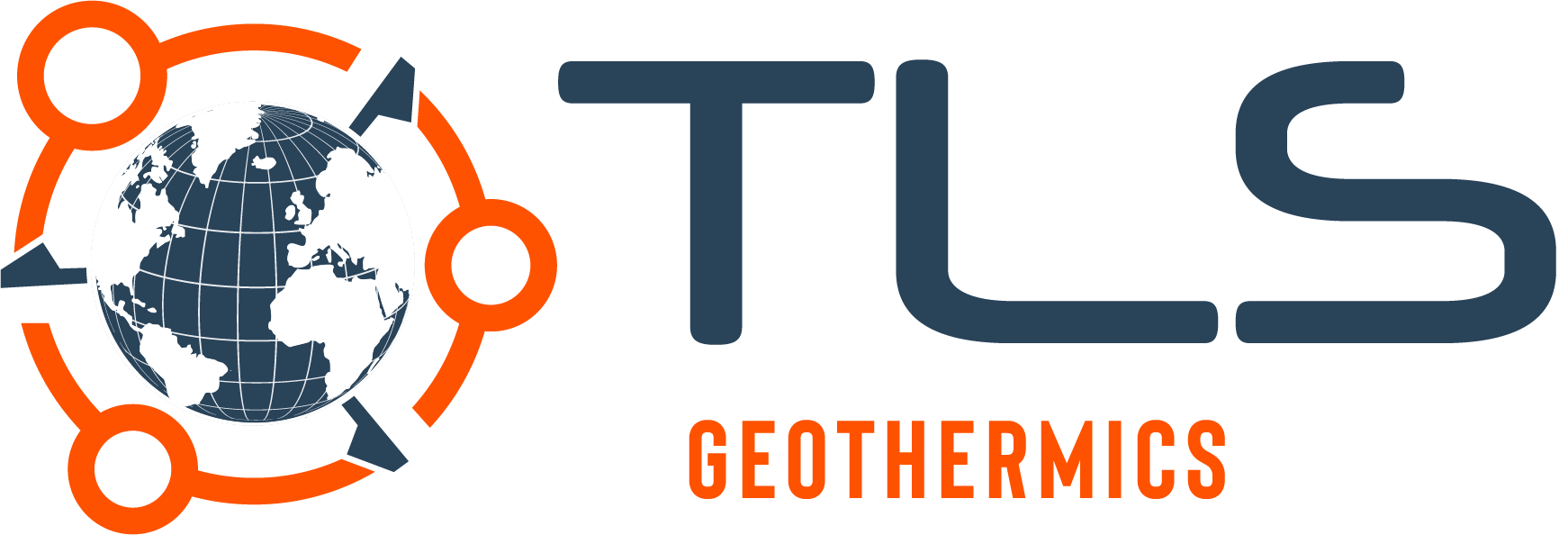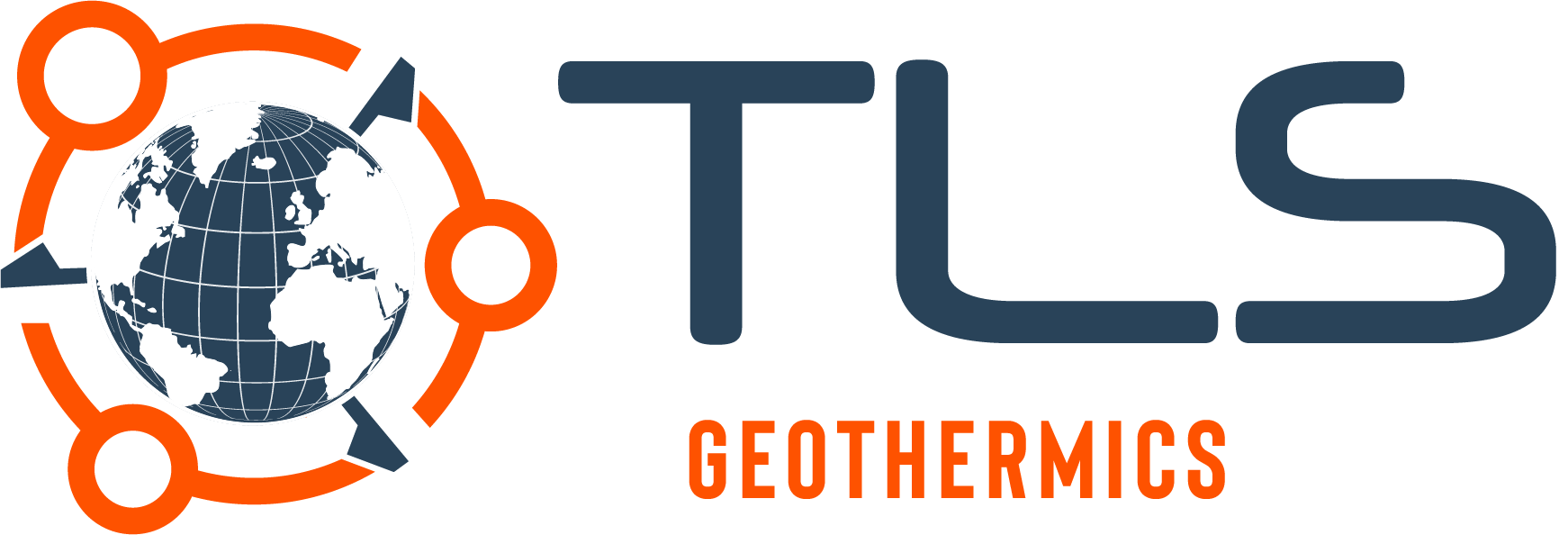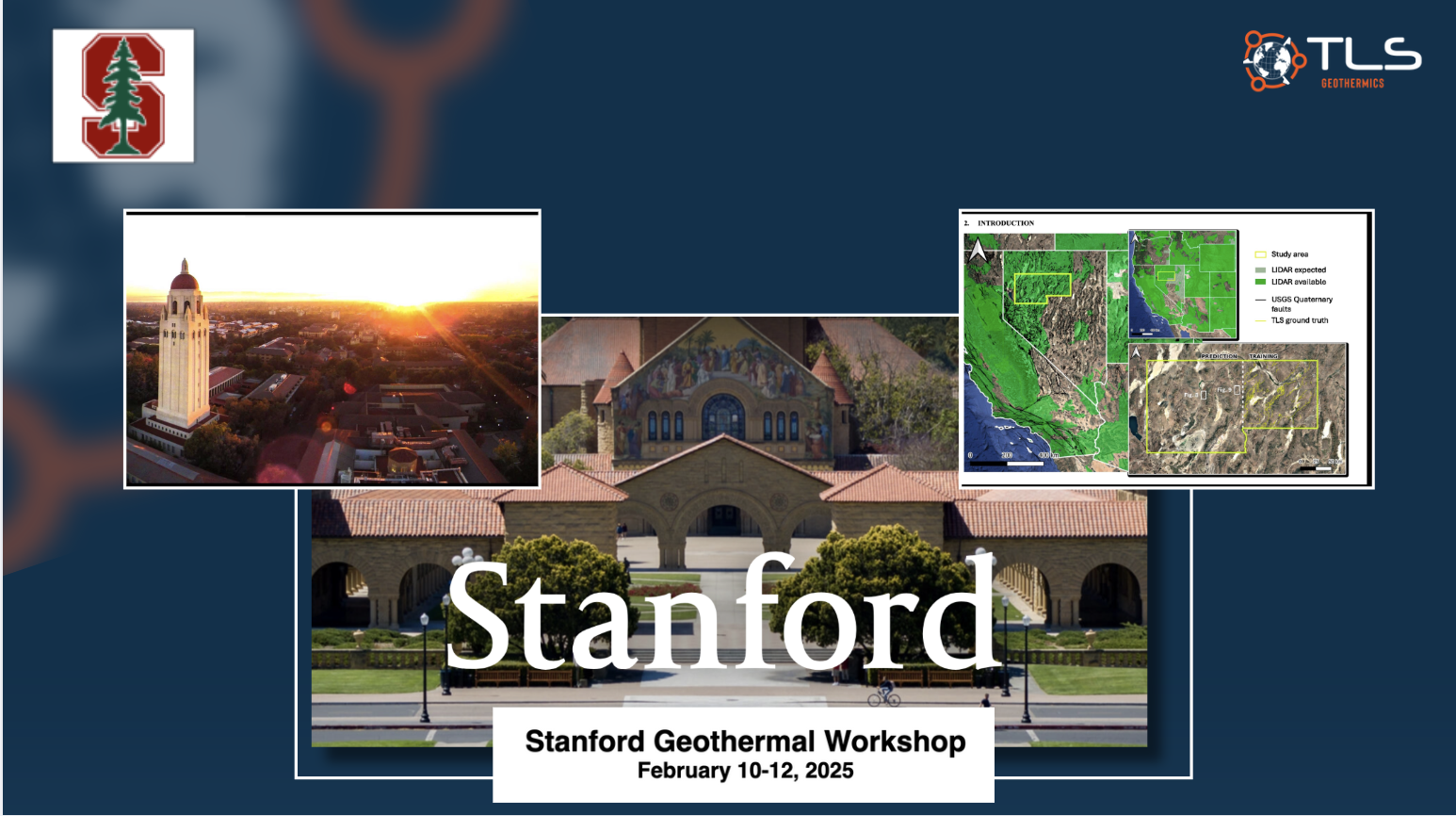TLS Presents at The Stanford Geothermal Workshop
50th Annual Geothermal Workshop is SOLD OUT! Today kicks off Stanford’s 50th Geothermal Energy Workshop in sunny California—half a century of innovations! This gathering of students and experts presents a treasure trove of cutting-edge innovations in geothermal energy exploration and production. This year, TLS Geothermics is thrilled to present two technical papers. You are welcome […]



